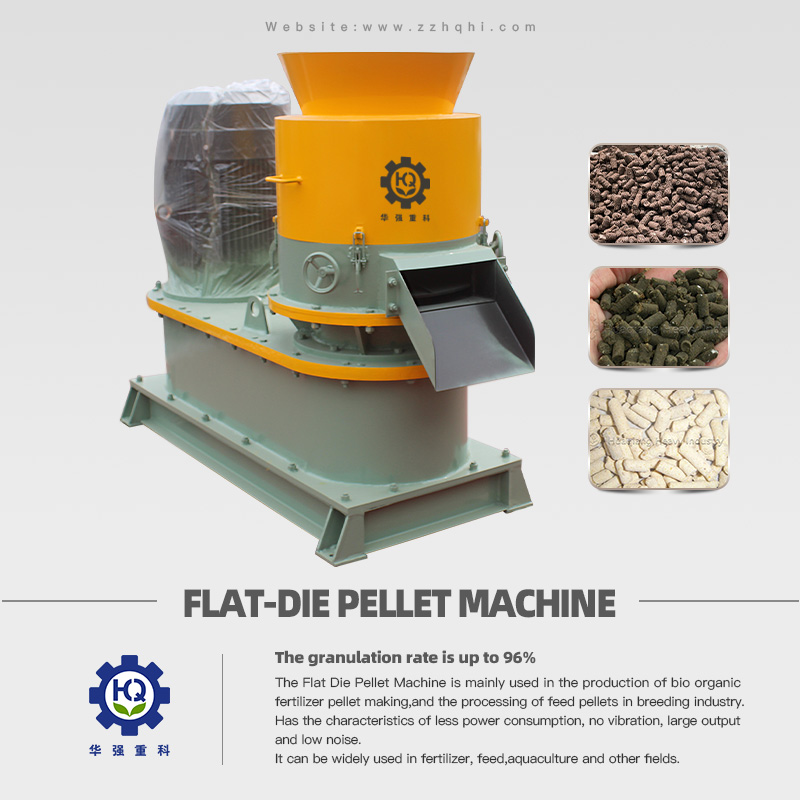In organic fertilizer production, flat die granulators are highly favored for their strong adaptability and low investment cost. However, the moisture content of the material directly determines the success and efficiency of granulation—it can be considered the “lifeline” of the process.
1.Excessively Low Moisture: Results in Failure to Form Pellets and Reduced Output
When the material is too dry (usually with a moisture content below 20%), its viscosity significantly decreases. Under the pressure of the rollers, the powdered material cannot bind effectively, leading to loose, poorly formed pellets or granules with very low strength that break easily.
2.Excessively High Moisture: Causes Blockage and Sticking, Halting Production
If the material is too wet (usually with a moisture content above 40%), it becomes too soft and overly sticky. During compression, the material adheres to the rollers and the flat die mold, forming a thick layer of paste that causes serious clogging.

3.Ideal Moisture Range
Generally, the ideal moisture content for materials processed by a flat die granulator falls within the range of 25%–35%. Within this range, the material exhibits optimal plasticity and viscosity. Therefore, to achieve the best performance of the flat die granulator, it is essential to accurately monitor and pre-treat the moisture content of the incoming material. This can be done by adding dry auxiliary materials (such as straw powder or rice husk powder) or returned material to reduce moisture, or by adding water or slurry to adjust overly dry material.
In summary, precise control of material moisture is key to unlocking the full potential of flat die granulators.